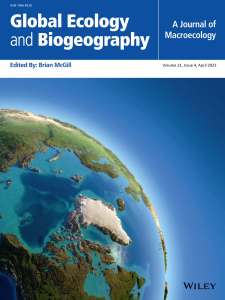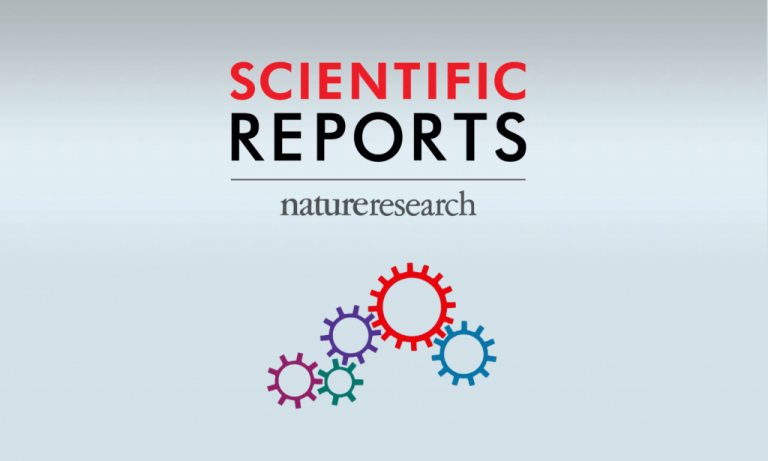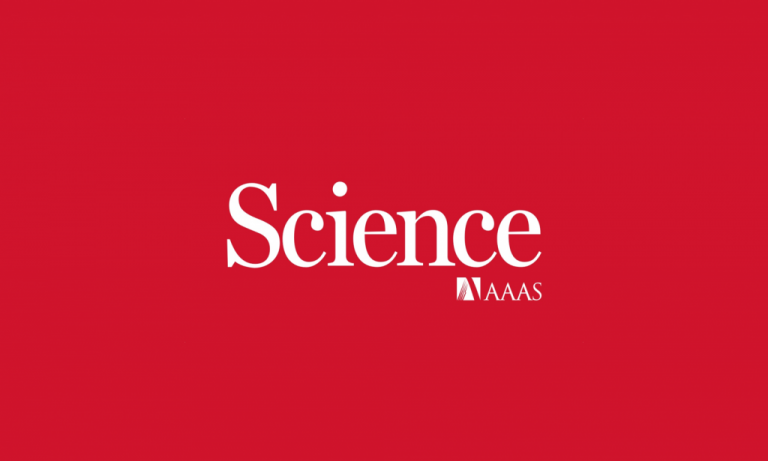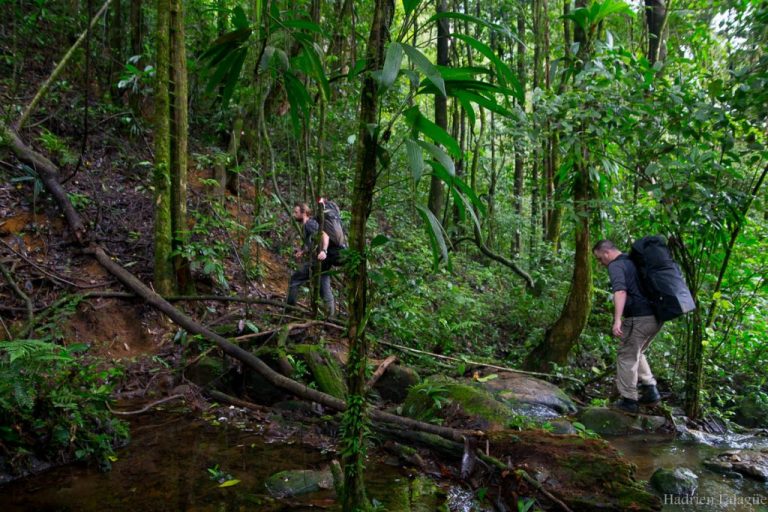Soil macroinvertebrate communities: A world‐wide assessment

En construction
Patrick Lavelle1| Jérôme Mathieu1| Alister Spain2| George Brown3|Carlos Fragoso4| Emmanuel Lapied5| Adriana De Aquino6| Isabelle Barois7|Edmundo Barrios8| Maria Eleusa Barros1| Jose Camilo Bedano9| Eric Blanchart10|Mark Caulfield11,12| Yamileth Chagueza13| Jun Dai14| Thibaud Decaëns15|Anahi Dominguez9| Yamileth Dominguez16| Alexander Feijoo17| Patricia Folgarait18|Steven J. Fonte11| Norma Gorosito18| Esperanza Huerta19, 2 0| Juan Jose Jimenez21|Courtland Kelly11| Gladys Loranger22| Robelio Marchão23| Raphael Marichal24|Catarina Praxedes25| Leonardo Rodriguez26| Guillaume Rousseau27|Laurent Rousseau1| Nuria Ruiz28| Catalina Sanabria29| Juan Carlos Suarez26|Jerôme Ebagnerin Tondoh30| Anne De Valença12| Steven J. Vanek11|Joel Vasquez31,32| Elena Velasquez13| Emily Webster33| Chi Zhang14
(1) Institute of Ecology and Environmental Sciences IEES, Université Paris-Sorbonne Nouvelle, Paris, France, (2) Seaforth Road, Waihi Beach, New Zealand, (3) Forest Department, Empresa Brasileira de Pesquisa Agropecuária (Embrapa), Colombo/PR, Brazil4Red Biodiversidad y Sistemática, Instituto de Ecologia A.C., Xalapa, Mexico, (5) Taxonomia Biodiversity Fund, Paris6Departamento de Agrobiologia, Empresa Brasileira de Pesquisa Agropecuária (Embrapa), Nova Friburgo, Brazil7Red Ecología Funcional, Instituto de Ecologia A.C., Xalapa, Mexico8Plant production and protection Division, FAO, Rome, Italy9Geology/Natural Sciences Department, FCEFQyN, ICBIA-CONICET, Universidad Nacional de Rio Cuarto, Cordoba, Argentina10Eco&Sols, Université de Montpellier, IRD, CIRAD, INRAe, Institut Agro, Montpellier, France11Department of Soil and Crop Sciences, Colorado State University, Fort Collins, Colorado, USA12Farming Systems Ecology, Wageningen University, Wageningen, The Netherlands13Facultad de Ciencias Agropecuarias, Universidad Nacional de Colombia, Palmira, Colombia14College of Natural Resources and Environment, South China Agricultural University, Guangzhou, China15Centre d’Ecologie Fonctionnelle et Evolutive, UMR 5175 CNRS, Montpellier, France16Facultad de Ciencias Básicas, Universidad del Atlántico, Barranquilla, Colombia17Facultad de Ciencias Ambientales, Universidad Tecnológica de Pereira, Pereira, Colombia18Unidad de Investigación en Interacciones Biológicas, Universidad Nacional de Quilmes, Buenos Aires, Argentina19Departamento de Agroecologia, ECOSUR Campeche, Mexico20Soil physics and land management group, Wageningen University and Research, Wageningen, The Netherlands21Department of Biodiversity Conservation and Ecosystem Restoration, Pyrenean Institute of Ecology (ARAID-IPE- CSIC), Jaca, Spain22Faculté des Sciences Exactes et Naturelles, Université des Antilles, Pointe á Pitre, Guadeloupe23Centro de Pesquisa Agropecuária dos Cerrados (CPAC), Embrapa, Planaltina-DF, Brazil24UMR ABSys, Centre International de Recherche en Agriculture et Développement, CIRAD, Montpellier, France25Coordenação de zoologia, Museu Paraense Emilio Goeldi, Belém, Para, Brazil26Facultad de Ingeniería, Universidad de la Amazonia, Florencia, Caquetá, Colombia
Macroinvertebrates comprise a highly diverse set of taxa with great potential as indicators of soil quality. Communities were sampled at 3,694 sites distributed world‐wide. We aimed to analyse the patterns of abundance, composition and network characteristics and their relationships to latitude, mean annual temperature and rainfall, land cover, soil texture and agricultural practices. Sites are distributed in 41 countries, ranging from 55° S to 57° N latitude, from 0 to 4,000 m in elevation, with annual rainfall ranging from 500 to >3,000 mm and mean temperatures of 5–32°C. 1980–2018. All soil macroinvertebrates: Haplotaxida; Coleoptera; Formicidae; Arachnida; Chilopoda; Diplopoda; Diptera; Isoptera; Isopoda; Homoptera; Hemiptera; Gastropoda; Blattaria; Orthoptera; Lepidoptera; Dermaptera; and “others”. Standard ISO 23611‐5 sampling protocol was applied at all sites. Data treatment used a set of multivariate analyses, principal components analysis (PCA) on macrofauna data transformed by Hellinger’s method, multiple correspondence analysis for environmental data (latitude, elevation, temperature and average annual rainfall, type of vegetation cover) transformed into discrete classes, coinertia analysis to compare these two data sets, and bias‐corrected and accelerated bootstrap tests to evaluate the part of the variance of the macrofauna data attributable to each of the environmental factors. Network analysis was performed. Each pairwise association of taxonomic units was tested against a null model considering local and regional scales, in order to avoid spurious correlations. Communities were separated into five clusters reflecting their densities and taxonomic richness. They were significantly influenced by climatic conditions, soil texture and vegetation cover. Abundance and diversity, highest in tropical forests (1,895 ± 234 individuals/m2) and savannahs (1,796 ± 72 individuals/m2), progressively decreased in tropical cropping systems (tree‐associated crops, 1,358 ± 120 individuals/m2; pastures, 1,178 ± 154 individuals/m2; and annual crops, 867 ± 62 individuals/m2), temperate grasslands (529 ± 60 individuals/m2), forests (232 ± 20 individuals/m2) and annual crops (231 ± 24 individuals/m2) and temperate dry forests and shrubs (195 ± 11 individuals/m2). Agricultural management decreased overall abundance by ≤54% in tropical areas and 64% in temperate areas. Connectivity varied with taxa, with dominant positive connections in litter transformers and negative connections with ecosystem engineers and Arachnida. Connectivity and modularity were higher in communities with low abundance and taxonomic richness. Soil macroinvertebrate communities respond to climatic, soil and land‐cover conditions. All taxa, except termites, are found everywhere, and communities from the five clusters cover a wide range of geographical and environmental conditions. Agricultural practices significantly decrease abundance, although the presence of tree components alleviates this effect.
L’article original : Soil macroinvertebrate communities: A world-wide assessment






